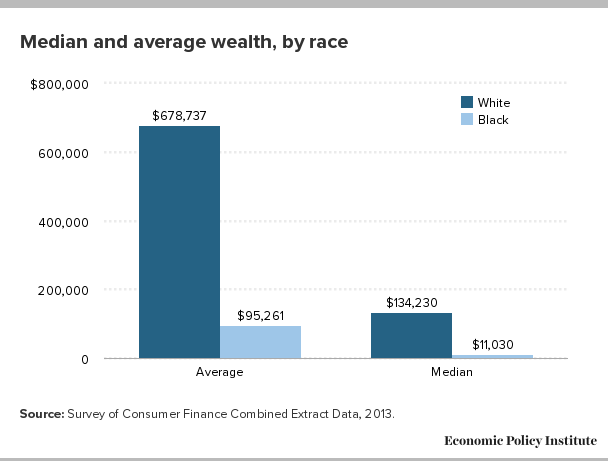 |
| Food Chain, Catherine Chalmers |
The feast and famine exhibition explored food in
social, political and bodily phenomena as ways of activism. One of the pieces
that I believed tied to my final project was, “Food Chain” by Catherine
Chalmers. It explored the basic levels of the food chain working, its way to
the top making it an endless cycle. Plants like tomatoes would be consumed by
insects like the caterpillar which would then be consumed by the grasshopper.
The strongest or fit to live consumes the other which in turn is consumed by a
frog which would be consumed by a human. We die and decompose and from that new
plants grow and the cycle continues. In today’s world it is all about the food
chain where the wealthiest prey on the poor and weak, while the poor and weak
prey on each other. The poor and weak would be considered the minority. The
minority groups of the black and Spanish communities where you would
predominantly find them forming gangs, dropping out of school, early
pregnancies and very few job opportunities and less or no medical funding. They
are held down by what society has formed them to be and conform or accept the chain,
whereas the white would take advantage of that and racially profile the entire
group by corrupting the judicial system in their favor, law enforcement. The
artist portrayed a symbol of capitalist patriarchy that is culturally biased.
A world that racially profiles a young male in a
hoodie and considers the human being a threat is the scary world we live in.
Parents are now worried for the safety of the children just because they will
be judged on the color of their skin. The communities these children grow up
in, they are subject to an educational system that expects them to either drop
out of school and end up in jail or just fail. They grow up thinking that it’s
okay to live like that and fight among each other over territories and who is
better than the other. They are trapped in a box, where they cannot dream
outside their environment to strive or work hard for what is out there that
would have a long term value to them. Right now, they are all about having the
latest sneakers, designer clothes and good looking spouses, forgetting that
there is more to it than all that. Forgetting that their medical, education and
law enforcement system has become racially corrupt.
 |
| Rap on Race with Rice by Dominique Duroseau |
The next piece was the work, “Rap on Race with Rice”
by Dominique Duroseau. This piece was centered on people sitting around a table
discussing race while separating the black and white rice from each other. In
the background were a series of pictures. In some, the black women wore cuffs while
separating the rice. This exhibited the current race situation in our country.
Black people are constantly being viewed as criminals, trapped in a system that
cannot see them as more. It’s like they are still bound by their chains from
the past. It is even harder to succeed as a black woman and expected to work
much harder to enjoy what the upper middle class white people enjoy. The fact
that rice is rice no matter the color but society wants to separate it making
it seem like white is pure and better than the black. The process of separation
and discussion allows for open mindedness where we are all the same and it’s
all about pride and prejudice.
 |
| Rap on Race with Rice |
The children, especially the youth need to be well
informed and mentored to fight the oppression that has been hovering over all
of them. This can be done by being educated by very distinguished, proficient teachers,
funding in community outreach and mentoring activities where they can be active
and well informed, and teaching on the importance of investing and buying a
home as well as having the highest education possible. They need to be pushed
out of their comfort zones and be aware how society has branded them with cuffs
of entertainment and drugs as a distraction to keep them from doing better.
“If one takes a step back, then it’s clear that social
and cultural capital provide valuable insights into the power disparities that
emerge from differences in race, class, gender, and cultural and geographic
barriers,” John Berger, Seeing Power.
Data by the Economic policy institute indicates that whites are seven
times wealthier than the average black households. Housing equity makes up two
thirds of wealth with only about one percent blacks owning homes. Wealth is
usually passed down, and the whites are privileged to have ancestors pass down
wealth from generation to generation whereas the blacks’ ancestors were slaves
and didn’t have wealth. Thus causing the food chain and cycle we see over the
years which has barely improved. Minority groups still living in areas that
were “red zoned” in the 1940s which were viewed as financial risks. William
Pope L’s work on the “Trinket” also supports the idea that “The land of the
Free” is not as free as we think it is.
 “People need to feel their democracy,
not just hear words about it,” Pope L.
“People need to feel their democracy,
not just hear words about it,” Pope L.
The exhibited projects were able to connect to my
theme of Racism in the United States and whether the next generation can be
taught to be free from it. The artists from the exhibition used pictures and demonstrations
of activism through protest and activities that allowed dialogue. Actions speak
louder than words and only action can bring about change. The artists took to
the streets of their communities to bring awareness and allow ideas and
thoughts to be expressed in a free space with no judgement on racial identities
No comments:
Post a Comment